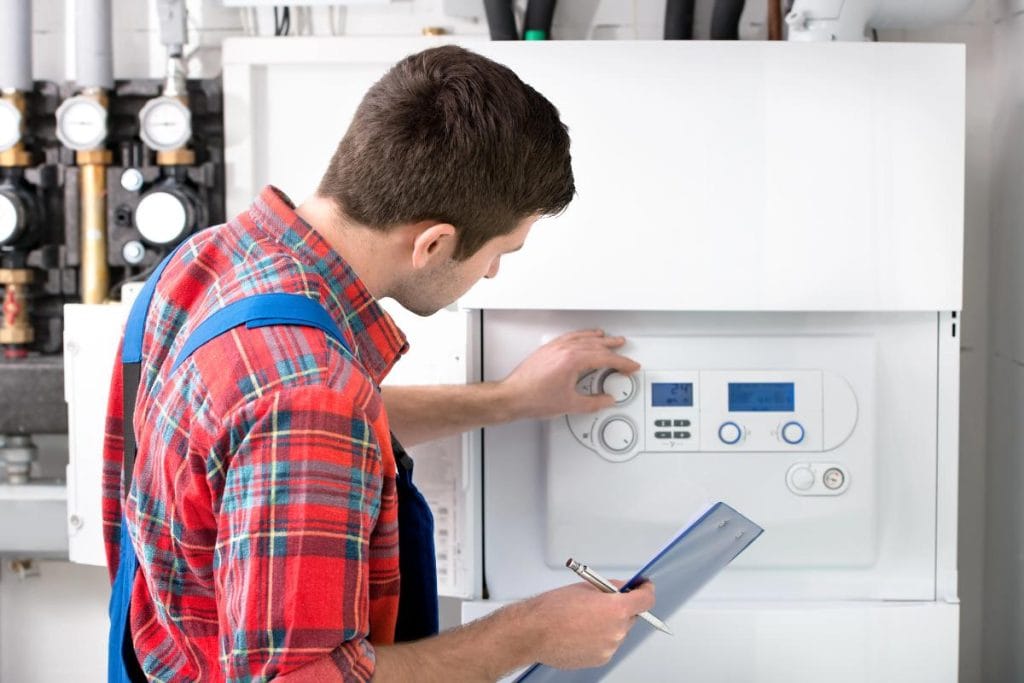In the old days, when something went wrong, it would simply stop working in some kind of way. You would then have to figure out the issue using your powers of deduction to find the cause of the issue, which would sometimes be easy, but sometimes much less so.
Nowadays, most machines and pieces of hardware are packed full of sensors that can tell us exactly what has gone wrong, as soon as it happens. This includes boilers of course, and a specific code that you might have seen is the ‘F1’ code. Let’s take a look at what that means, and why your boiler might be displaying it.

What the code means
In most cases, if there’s an ‘F1’ code displaying on your boiler, it’s trying to tell you that there’s an issue with the boiler’s water pressure. In most scenarios, this will be low rather than high water pressure, meaning that it’s dropped below the optimal pressure of between around 1 to 2 bar.
For the code to show, it’s likely that the boiler will also have stopped working due to the pressure issues. That could either be because there’s simply not enough pressure for it to function, or because of an automatic safety feature that’s switched the boiler off to prevent any further issues.
Why boilers have water pressure issues
There are two main potential reasons why a boiler might experience low water pressure issues.
Recently bled radiators
One of the main reasons why a boiler will experience pressure issues is if you’ve recently bled your radiators. While letting air bubbles out of the heating system can be important to help achieve optimal heating efficiency, it can also lead to a temporary reduction in water pressure that might trick your boiler into thinking it’s broken.
A leak in the system
Another more general cause of water pressure issues is if there’s a leak in the system. Unfortunately, this can be quite difficult to identify, given how much of your plumbing system will be hidden behind walls. It’s worth looking at all the visible pipes and radiators to see if you can spot any leaks, while also looking for moisture damage on any of the walls.
What you need to do about it
If there’s a leak in the system, or in the boiler itself, then you’ll need to call a plumber from somewhere like Able Plumbing. They’ll be able to identify and then fix the leak to the appropriate standard, getting your heating working again while preventing any long-term water damage that might also result from the leak.
If the issue is a result of bleeding the radiator, then you may need to repressurise it. Check the manual and some YouTube tutorials to see if it’s something you feel comfortable doing yourself. If it’s not, then you can always get a boiler technician to do it for you.
‘F1’ codes in boilers are often easy to fix, but sometimes might take a bit more effort. By checking with a qualified boiler technician, you should be able to get it working again as soon as possible.
